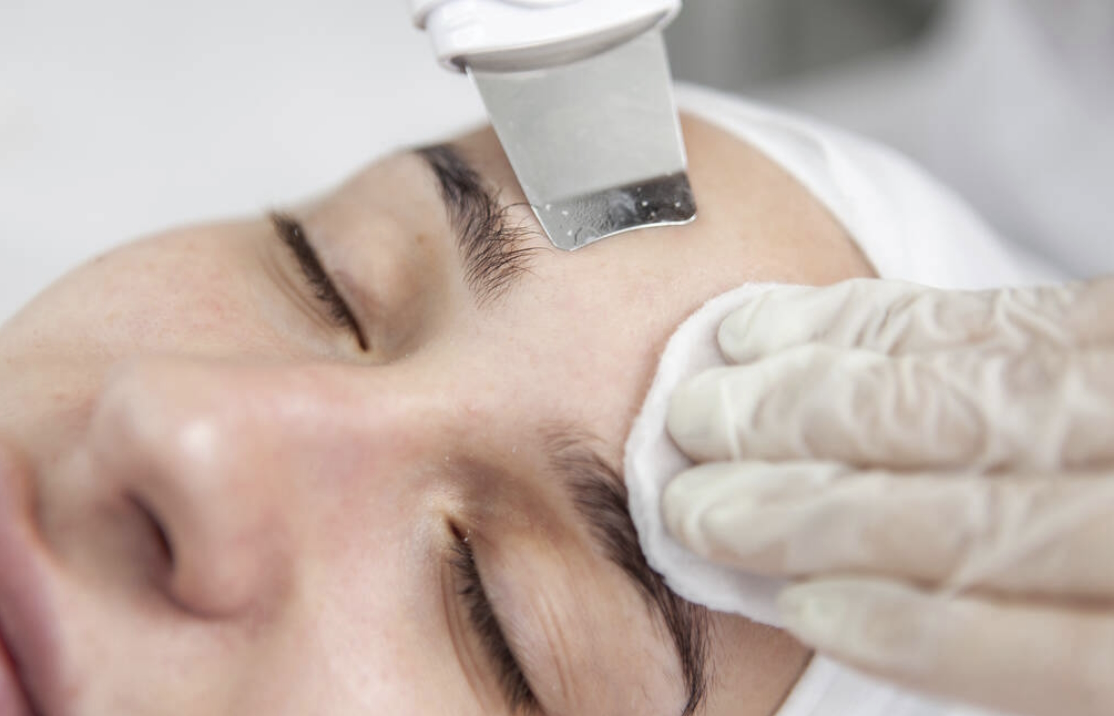Look and Feel Your Best with Fat Cavitation
- Written by NewsServices.com

Fat cavitation is a non-invasive cosmetic procedure used to reduce stubborn pockets of fat on the body. This procedure uses ultrasound technology to break down fat cells, which are then naturally processed and eliminated from the body. It is becoming increasingly popular due to its many benefits and minimal side effects.
Definition of Fat Cavitation
Fat cavitation is an advanced form of liposuction that utilizes sound waves instead of surgery to remove excess fat deposits in areas such as the abdomen, buttocks, thighs, arms, and neck. The sound waves penetrate deep into the tissues and create tiny bubbles around each fat cell. These bubbles cause a phenomenon called “cavitation” – where these bubbles expand quickly then collapse just as fast – which causes damage to the walls of each fat cell allowing its contents (triglycerides) to be released into the interstitial space between cells where they can be naturally removed by circulation via lymphatic drainage or excreted through sweat or urine. Click the link to learn more about this revolutionary technology and how it could help you achieve your desired body. https://www.sculptdbs.com.au/.
Benefits of Fat Cavitation
The primary benefit of this procedure is that it does not require incisions or surgery like traditional liposuction does; therefore it reduces recovery time significantly with less risk for infection or other complications associated with invasive procedures.
Causes of Fat Cavitation:
When it comes to fat cavitation, there are a variety of causes that can be attributed to the condition. Fat cavitation is the accumulation of excess fat in certain areas of the body, most commonly around the midsection and thighs. It can lead to decreased muscle definition and an overall appearance of being overweight. Here are some common causes of fat cavitation:
Poor Diet and Lifestyle Choices: Eating a diet high in processed foods, refined carbohydrates, unhealthy fats, and sugary drinks can all contribute to weight gain over time. Engaging in little physical activity or having sedentary lifestyles can also lead to an increase in body fat levels due to decreased metabolism.
Hormonal Imbalance: Hormones play a huge role in our body’s ability to lose or gain weight efficiently. If hormones such as cortisol (stress hormone) or insulin (regulates blood sugar) become imbalanced due to stress or other factors then this can promote increased fat storage especially around our middle section resulting in fat cavitation.
Genetics and Aging Processes: Some individuals may be genetically predisposed towards gaining more weight than others which could result in increased risk for developing fatty deposits particularly around their midsection as they age due their slower metabolism rate.
Treatment Options for Fat Cavitation
Changes in Diet, Exercise, and Lifestyle Habits
Medications or Supplements to Treat Hormonal Imbalances
Non-Invasive Procedures such as Liposuction or Laser Lipolysis
Fat cavitation is a medical condition in which fat accumulates around the internal organs and can cause significant health problems. Fortunately, there are a variety of treatment options available to address this condition.
First and foremost, it is important to make changes in diet, exercise, and lifestyle habits that will help reduce the amount of fat stored in the body. Eating a balanced diet with plenty of fruits and vegetables, lean proteins, whole grains and healthy fats can help reduce excess weight gain or maintain an ideal weight. Additionally, regular physical activity has been shown to be beneficial for overall health as well as for losing excess weight. Finally, avoiding smoking or excessive alcohol consumption can also significantly improve one’s overall health including their risk for developing fat cavitation.
In some cases where hormonal imbalances may be contributing to fat cavitation, medications or supplements may be prescribed by a doctor to address those issues specifically. For example, testosterone replacement therapy has been used with some success in treating men with low levels of this hormone who have experienced significant fat accumulation around their organs due to hormonal imbalances. Other medications such as thyroid supplementation may also be prescribed depending on the individual’s specific situation and needs.
Prevention of Fat Cavitation
Strategies to Reduce the Risk Factors Associated with Developing Excess Adipose Tissue
Regular Exercise and Healthy Eating Habits
Monitoring Weight Gain/Loss Over Time
Fat cavitation is a condition in which excess fat accumulates and hardens in certain areas of the body, leading to a variety of health complications. It can cause pain, difficulty moving, and even disability if left untreated. Fortunately, there are several strategies you can take to reduce your risk for developing fat cavitation and improve your overall health.
Reduce the Risk Factors Associated with Developing Excess Adipose Tissue: The first step in preventing fat cavitation is to reduce the risk factors associated with it. This includes maintaining a healthy weight through regular exercise and eating a balanced diet. In addition, avoiding smoking or drinking excessive amounts of alcohol can help lower your risk for developing excess adipose tissue (fat). Additionally, managing stress levels by engaging in relaxation techniques such as yoga or meditation may be beneficial as well.
Regular Exercise and Healthy Eating Habits: Incorporating physical activity into your lifestyle is an essential part of reducing the risk factors associated with developing fat cavitation. Moderate-intensity aerobic exercises such as walking, jogging or swimming can help increase blood flow throughout the body while burning calories at the same time. Also try adding strength training exercises into your routine two or three times per week for optimal results.
Conclusion
Fat cavitation is a relatively new and promising treatment for body contouring. It is an effective method for removing stubborn fat deposits from areas such as the abdomen, thighs, hips and arms. While it does require multiple treatments to achieve desired results, it does not have the same level of risk or downtime associated with more invasive treatments like liposuction. In addition to being non-invasive and relatively safe, it is also a cost-effective option with minimal side effects.





